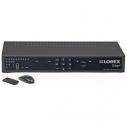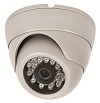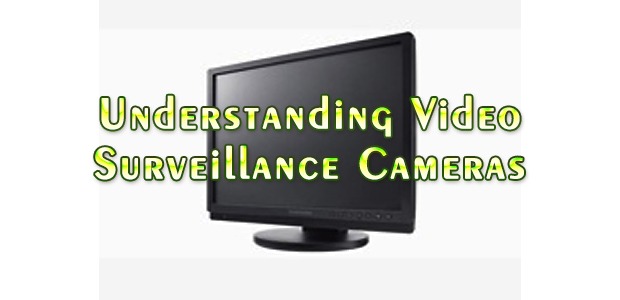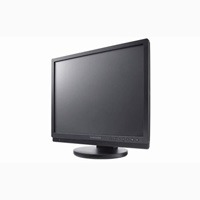NOTE: This information is provided as general advice only and all local laws should be consulted for using these devices.
Understanding video surveillance cameras will help you purchase a surveillance system that will work for you. If you plan to piece together a system from different components or if you plan to purchase an entire surveillance system that is pre-designed then knowing how each component works will be key.
There are 5 primary components to a surveillance camera system.

DVR
The DVR or Digital Video Recorder records images and processed video. The DVR is responsible for receiving the feed from the camera then storing and distributing the video for consumer use.
A good DVR will have a great search feature and be easy to use. If you plan to view your camera system from the inernet or smart phone, make sure it has networking capabilities (can access the internet).
DVRs can be purchased to work from four to 36 cameras and sometimes even more. DVRs range in price from a few hundred dollars to many thousands.

Video Cameras
Perhaps the most important part of understanding video surveillance cameras is the actual cameras. The cameras for your system are the “eyeballs”. The cameras are responsible for seeing and sending video to the DVR. There are many types of cameras from hidden cover cameras to high tech PTZ (pan, tilt, zoom) cameras that you can control. In residential situations dome and bullet cameras are most common.
If you plan to see in the dark, be sure to purchase a night vision surveillance camera that has built in IRs. These will light up an area on camera, but not to the human eye. If placing the cameras outdoors be sure to purchase a weather resistant camera made to be used outdoors. Some cameras are verifocal and can be manually adjusted to give you the picture you want. You will find both wired and wireless cameras for sale. In my opinion, a home wireless surveillance cameras will give you problems and I would NOT suggest purchasing them in most cases. Wireless cameras are not really wireless and will still need to be plugged in for power.
 Power Supplies
Power Supplies
The power supply provides power to your cameras. For small systems each camera may use a small DC transformer. For most systems I would recommend a camera power supply that is housed in a metal box.
 Cables
Cables
The cables are a necessary part of understanding video surveillance cameras and system operation. The cables or wire carries the power from the power supply to the cameras and from the cameras to the DVR. There are many different types of wire and connectors used in video surveillance, but most systems use Siamese cable and BNC connectors. You can purchase pre-made cables in different lengths usually 25′, 50′ and 100′. These cables are usually composite video cables with BNC adapters on the end which will work OK for most residential applications.
 Monitor
Monitor
The monitor receives video from DVR and displays it on a screen for you to see. In many residential systems we connect the DVR to TVs to act as the monitor. This will help reduce overall system cost while allowing you to view video and navigate the DVR menus.


 Power Supplies
Power Supplies Cables
Cables Monitor
Monitor